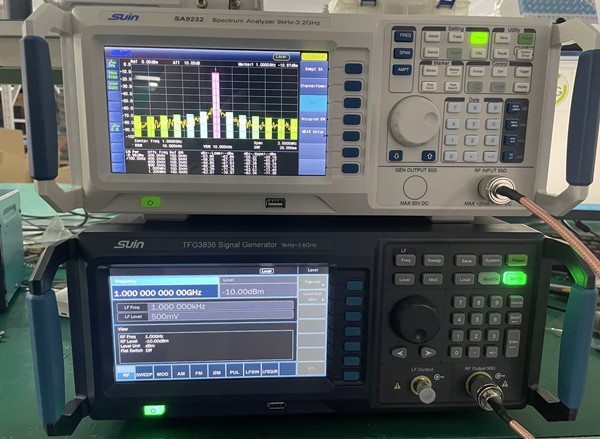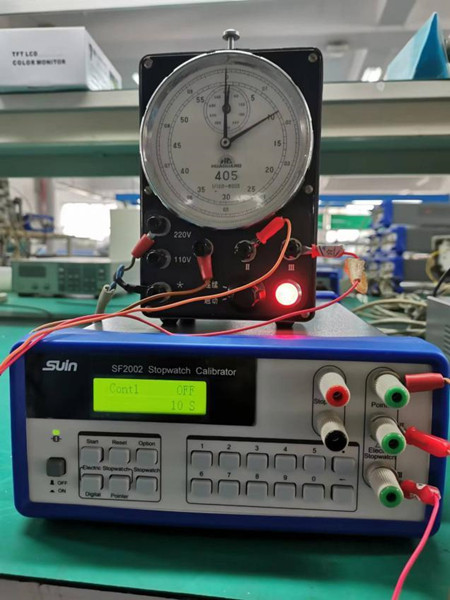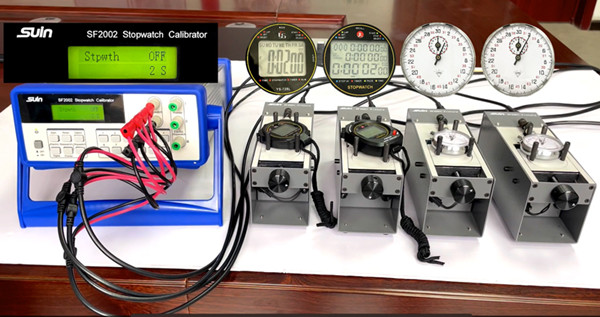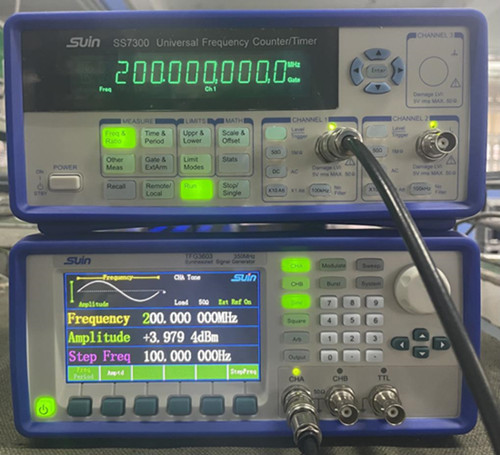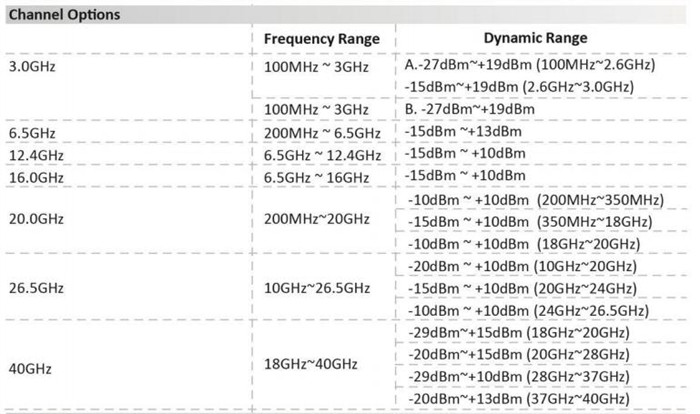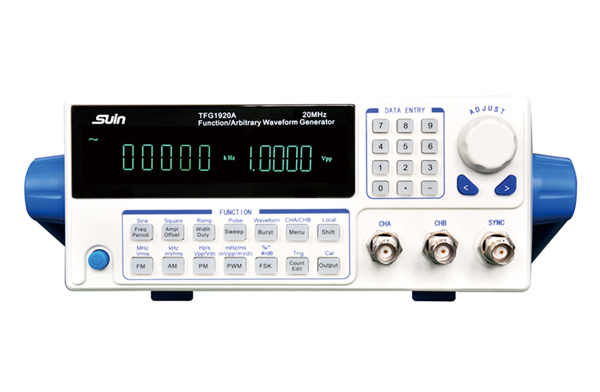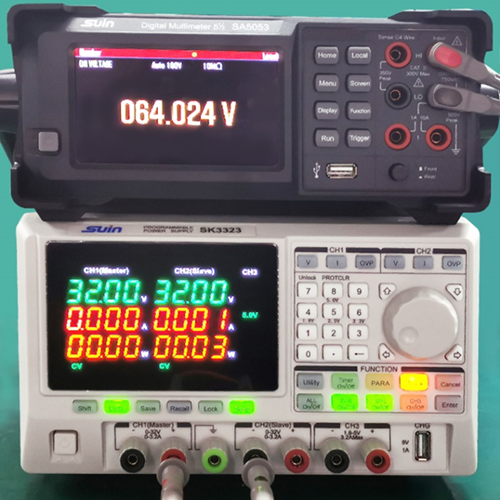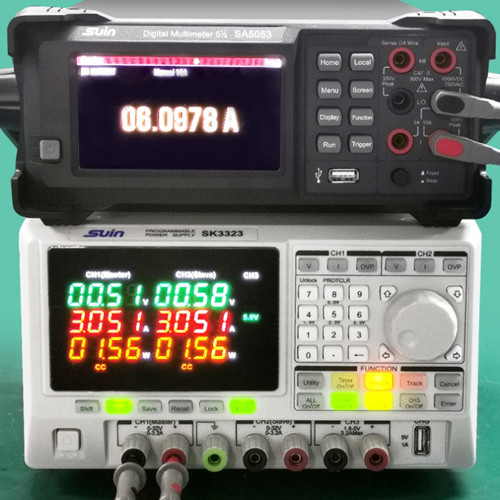https://www.suindigital.com/stopwatch-calibrator/sf2002-stopwatch-calibrator.html
In today’s fast-paced world, accuracy matters more than ever. Whether you’re conducting scientific experiments, timing athletic performances, or managing industrial processes, a fraction of a second can make all the difference. That’s why investing in a reliable stopwatch calibrator is essential—and we’ve got just the solution to meet your needs.
Why Stopwatch Calibration Matters
Stopwatches are indispensable tools in various industries. However, over time, even the most advanced models can lose accuracy due to wear and tear, environmental factors, or frequency drift. This is where a stopwatch calibrator becomes crucial. By ensuring precise time measurements, calibrators help:
Maintain accuracy in experiments and tests.
Boost credibility in competitive environments like sports.
Enhance productivity in industrial and manufacturing settings.
Introducing Our Advanced Stopwatch Calibrator
We are excited to unveil our state-of-the-art stopwatch calibrator, designed with cutting-edge technology to meet the most demanding requirements. Whether you need it for personal use or professional applications, our calibrator delivers:
High Precision: Calibrates stopwatches with an accuracy of up to 0.001 seconds.
User-Friendly Interface: A simple and intuitive design makes it easy for anyone to use.
Versatile Compatibility: Suitable for various stopwatch models across industries.
Durability: Built to withstand tough environmental conditions, ensuring longevity.
Features That Set Us Apart
Digital Display: The easy-to-read digital screen provides real-time updates during the calibration process.
Multi-Mode Functionality: Calibrate stopwatches in countdown, lap-time, or split-time modes.
Compact Design: Lightweight and portable, our calibrator is perfect for on-the-go professionals.
Eco-Friendly Power: Powered by a rechargeable battery, reducing your environmental footprint.
Who Benefits from a Stopwatch Calibrator?
Our stopwatch calibrator caters to a diverse range of users, including:
Scientists and Researchers: Ensure accurate timing in experiments and data collection.
Athletes and Coaches: Optimize training sessions with precise time measurements.
Industrial Workers: Improve efficiency in time-sensitive manufacturing processes.
Event Coordinators: Maintain fairness in competitions and timed activities.
Why Choose Us?
With years of experience in timekeeping technology, our company stands out as a leader in innovation and quality. We prioritize customer satisfaction and provide exceptional after-sales support, ensuring your investment delivers long-term value. Here’s what our customers have to say:
"The best stopwatch calibrator I’ve ever used! It’s accurate, easy to operate, and incredibly reliable. Highly recommended!"—John D., Research Scientist
"This calibrator has completely transformed the way I manage my training sessions. It’s a game-changer!"—Sarah K., Track Coach
How to Get Your Stopwatch Calibrator
Ready to take your timing accuracy to the next level? Visit our Stopwatch Calibrator Product Page now to learn more and place your order. Don’t miss out on the opportunity to own the most advanced calibrator on the market!
Conclusion
Precision and reliability are the cornerstones of success in today’s competitive world. With our stopwatch calibrator, you can achieve unparalleled accuracy in your timing tasks, no matter the industry or application. Experience the difference today—because when every second counts, you deserve the best.

